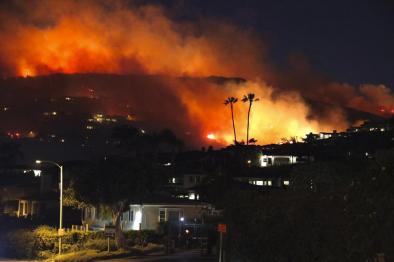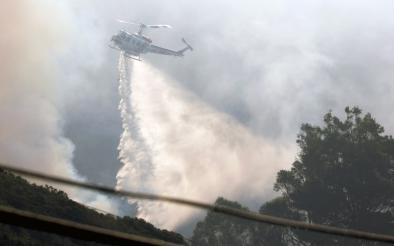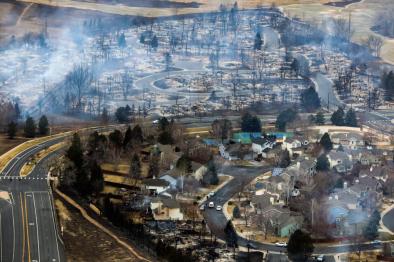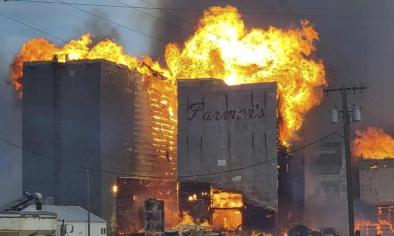Science Source
Climate-driven ground-level ozone extreme in the fall over the Southeast United States
"[Late-season smog, or ozone, events are] not going to happen every year, but when it happens it will be worse than in the summer time. We are likely to have record ozone days in the fall, and we need to prepare for that."
Yuhang Wang, study co-author and researcher at the School of Earth and Atmospheric Sciences at the Georgia Institute of Technology
- States that high ozone concentrations usually occur in the summer over the United States; however, in extreme cases, such as October 2010 over the southeast United States, ozone during the fall reached the summer level
- Finds a large contribution by enhanced emissions of biogenic isoprene to ozone extremes from waterstressed plants under a drying and warming condition
- Results explain the puzzling fact that the two extremes of high October ozone over the region all occurred in the 2000s, with lower anthropogenic emissions than the 1980s–1990s
- Suggests that occurrences of a drying and warming fall in the future may lead to an extension of the ozone season from summer to fall, posing challenges to regional air quality management and public health
Related Content
Headline

Feb 11, 2022 | Climate Nexus Hot News
Fires Burn In Hot, Dry Southern California, In February
Headline

Jan 24, 2022 | Reuters
Firefighters gaining control of wildfire that closed scenic California highway
Event

Jan 5, 2022
Marshall Fire December 2021
Headline

Dec 7, 2021 | The Guardian
Winter heatwave breaks records in four US states


